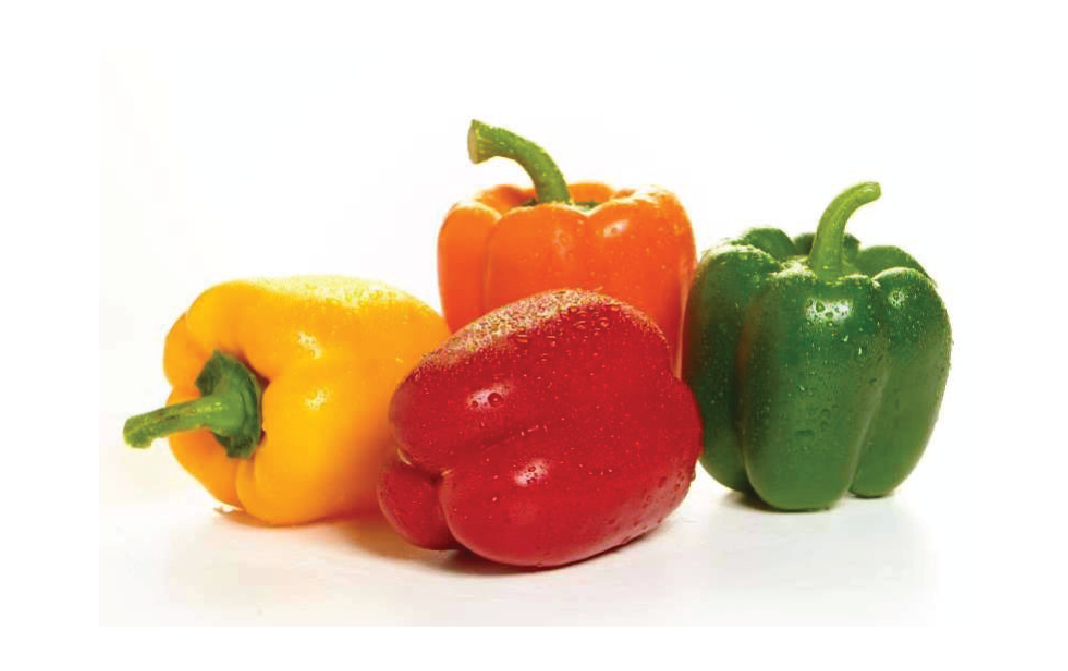


When choosing capsicums you should select ones with the firm, glossy skins. Avoid those with shriveled skins, soft spots or other visible damage.
It is advisable for children, pregnant women, and breastfeeding mothers to keep their regular consumption of capsicum to a bare minimum as it can lead to diarrhea, heartburn and upset stomach. (3)
- Disclaimer
"Information here is provided for discussion and educational purposes only. It is not intended as medical advice or product or ingredient review/rating. The information may not apply to you and before you use or take any action, you should contact the manufacturer, seller, medical, dietary, fitness or other professional. If you utilize any information provided here, you do so at your own risk and you waive any right against Culinary Communications Private Limited, its affiliates, officers, directors, employees or representatives.”
Description
Capsicum is a type of vegetable that is shaped like a bell and has four lobes. These are closely related to hot chilies but are larger and sweeter. It belongs to the nightshade family that is native to the Americas, where it was cultivated for thousands of years but is now grown world over. It was discovered by Christopher Columbus in America in the 16th century. He called capsicums peppers because of its fiery flavor. Capsicums come in a variety of colors like green, red, yellow, purple and orange. Green capsicum is harvested before they are fully ripe and then it continues to initially turn yellow and then red if left on the plant to mature further. Yellow capsicums are more mature than green ones and are usually used in the grilled and roasted forms. Orange capsicums are a little less flavourful and are served best in the form of salad or as toppings. Red capsicums are the most mature ones with bright colors and sweet fruity taste.